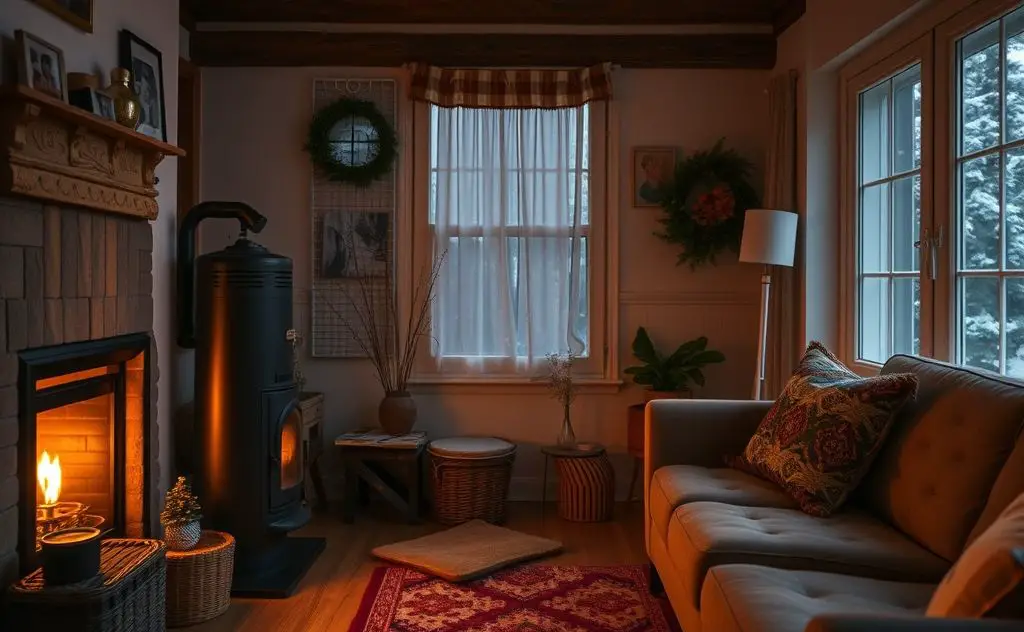Warm morning vented gas heaters efficiently provide cozy warmth with controlled ventilation, ensuring safe and comfortable indoor air quality during chilly mornings.
Warm Morning vented gas heaters provide reliable warmth for homes, basements, and workshops. These classic heaters offer efficient heat output while maintaining proper ventilation for safety. With proper maintenance, they can last decades while keeping your space comfortably warm.

How Warm Morning Vented Gas Heaters Work
These heaters use natural gas or propane to generate heat through combustion. The vented design safely exhausts combustion byproducts outside through a chimney or vent pipe. Key components include:
- Burner assembly – Where gas mixes with air and ignites
- Heat exchanger – Transfers warmth to room air
- Vent system – Removes exhaust gases
- Thermocouple – Safety device that shuts off gas if pilot goes out
- Spill switch – Prevents backdrafting of exhaust gases
Common Models and Specifications
| Model | BTU Output | Fuel Type | Vent Size |
|---|---|---|---|
| V30 | 30,000 BTU | LP Gas | 4″ |
| V50EMAB | 50,000 BTU | Natural Gas | 6″ |

Troubleshooting Common Issues
Spill Switch Tripping
If your heater’s spill switch keeps tripping, check for:
- Chimney downdrafts (common after home weatherization)
- Blocked vent pipes
- New exhaust fans creating negative pressure
- Nearby structures or trees altering wind patterns
One user solved this by installing a draft inducer fan to maintain proper venting.
Burner Ignition Problems
If your heater lights with a loud “whoosh” or blows out the pilot:
- Check burner orifice alignment
- Clean clogged burner ports (a common issue in older units)
- Verify pilot flame position and strength
Maintenance Tips for Longevity
Keep your Warm Morning heater running smoothly with these steps:
Annual Cleaning
- Remove dust and debris from burner assembly
- Clean heat exchanger fins
- Inspect and clean vent pipes
Component Replacement
Common replacement parts include:
- Thermocouples (last 3-5 years)
- Pilot assemblies
- Gas valves
- Spill switches
For similar vented heating options, consider built-in gas heaters or indoor propane space heaters.
Safety Considerations
Proper installation and maintenance are critical for safe operation:
- Always maintain proper clearances to combustibles
- Ensure adequate fresh air supply
- Install carbon monoxide detectors nearby
- Have heater professionally inspected every 2-3 years
According to the Hearth.com forums, most problems stem from blocked burner ports or venting issues rather than mechanical failures.
Finding Replacement Parts
While some parts are discontinued, many components remain available:
- Universal thermocouples and thermopiles
- Standard gas valves
- Vent pipe adapters
- Burner orifice cleaning tools
Vintage models occasionally appear on auction sites, but verify condition carefully before purchasing.

